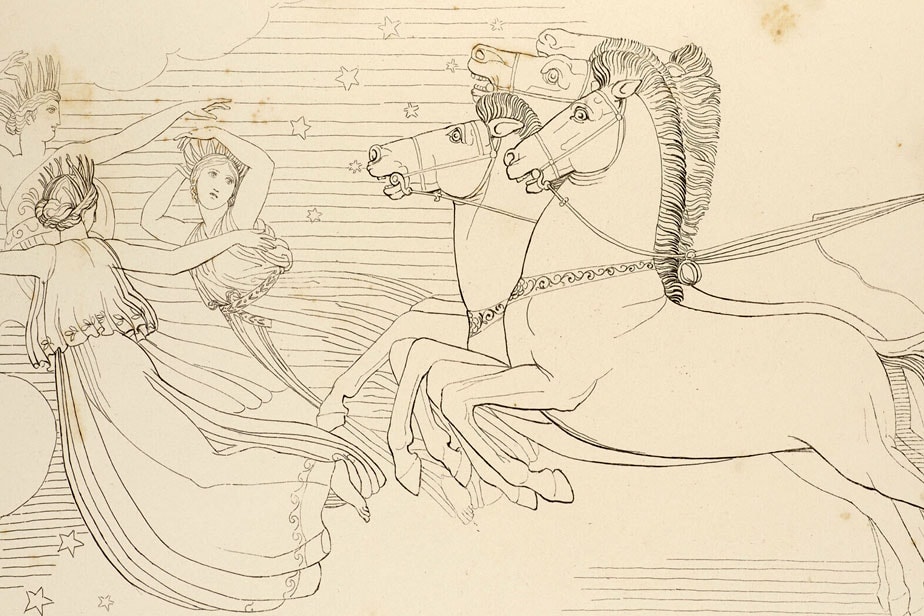John Flaxman, born in 1755 in England, was an English sculptor, designer, and illustrator. He is known as a leader in English Neoclassical art.
As a child, Flaxman would spend a lot of time in his father’s plaster-casting shop. Here he learned the technique of sculpting used by his father. In his spare time, he read a lot of classic literature, from the likes of Dante and Homer, and this remained a huge influence on his work throughout his career.
Flaxman enrolled in the Royal Academy of School in 1770, and by 1775 he was working for the renowned potter Josiah Wedgewood. This job helped Flaxman to develop his skills, and some of the designs he created are still in production today.
Flaxman decided to move to Rome in 1787. His intention was to stay for two years to study ancient art and gain inspiration from his surroundings. Ancient Greece and Rome were primary sources of inspiration for Neoclassical art, so Flaxman wanted to get as close to the source as possible. He ended up staying for nine years. During this time he created some of his best work, including illustrations of Dante’s Divine Comedy as well as Homer’s Iliad and Odyssey.
Now an established and in-demand artist, Flaxman returned to England where he had a long queue of sculptural commissions to keep him busy. This culminated in a large monument to the earl of Mansfield. This piece cemented his reputation as a world-class sculptor. A reputation that led to him becoming the first professor of sculpture at the Royal Academy in 1810.
Flaxman’s style was unmistakable Neoclassic, using clean lines and sparse details in his mostly two-dimensional work. He was one of the greatest Neo-Classical artists of his time and his contributions are still revered today. He helped spread the movement around England and continental Europe. Flaxman died in 1826.
1. Harriet Mathew
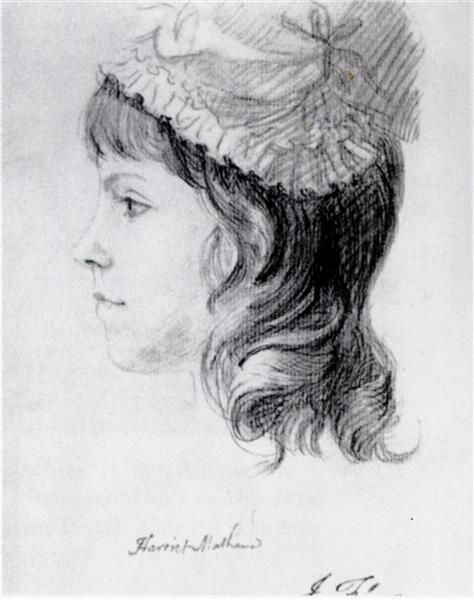
‘Harriet Mathew’ was created in c.1783 by John Flaxman in Neoclassicism style.
2. Get Thee Behind Me, Satan
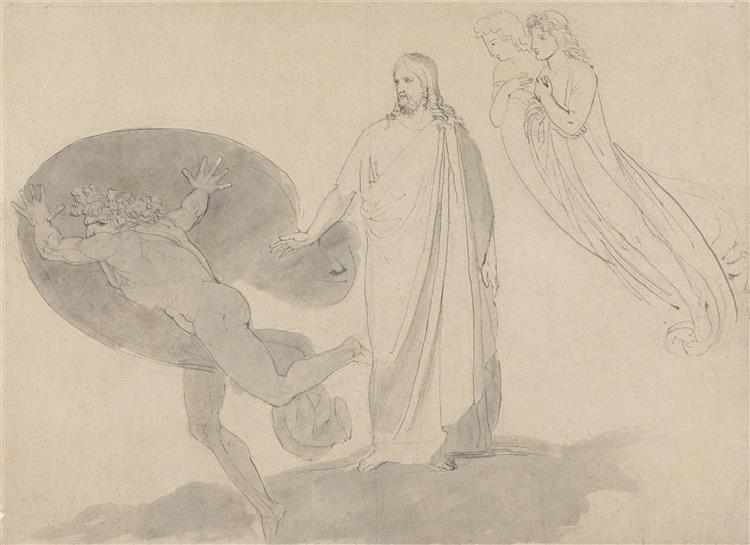
‘Get Thee Behind Me, Satan’ was created in 1787 by John Flaxman in Neoclassicism style.
3. Cephalus And Aurora
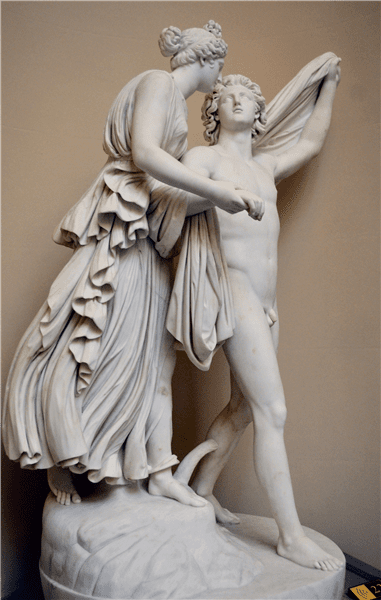
‘Cephalus and Aurora’ was created in 1790 by John Flaxman in Neoclassicism style.
4. Illustration To Odyssey
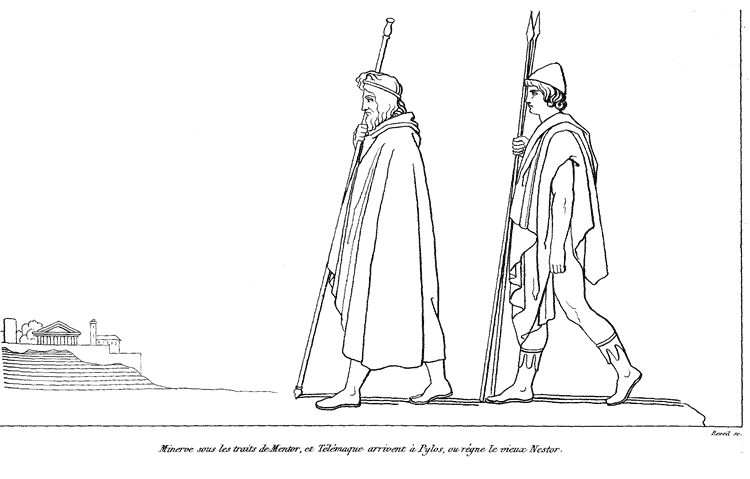
‘Illustration to Odyssey’ was created in 1793 by John Flaxman in Neoclassicism style.
5. Odysseus In The Underworld. Illustration To Odyssey
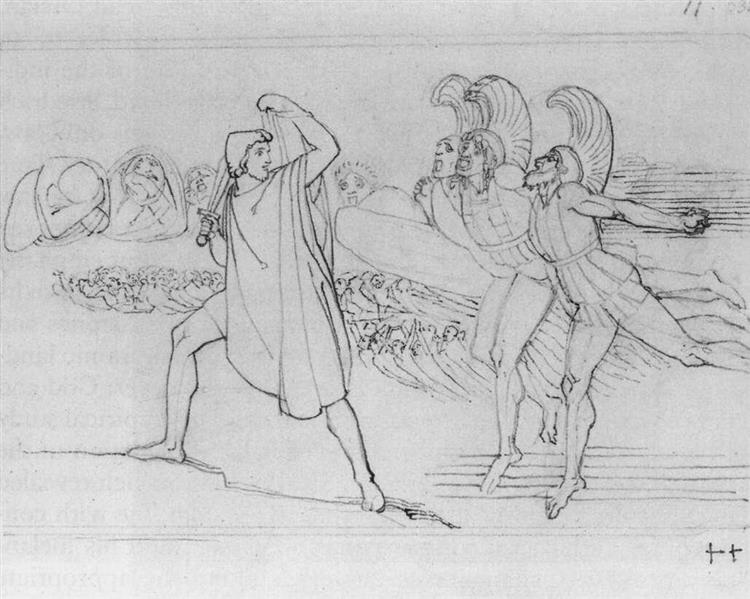
‘Odysseus in the Underworld. Illustration to Odyssey’ was created in 1793 by John Flaxman in Neoclassicism style.
6. The Fight For The Body Of Patroclus. Illustration to The Iliad
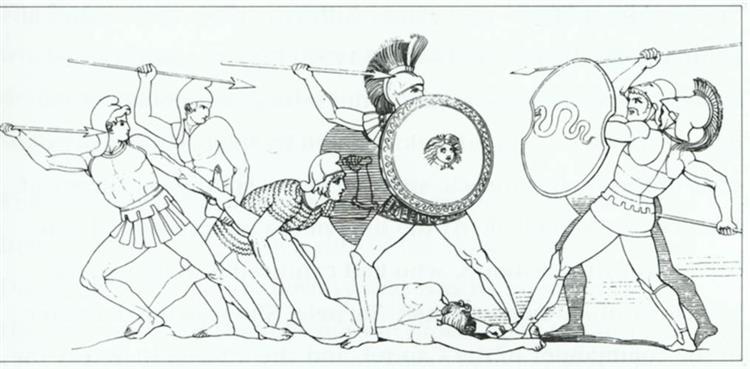
‘The Fight for the Body of Patroclus. Illustration to the Iliad’ was created in 1795 by John Flaxman in Neoclassicism style.
7. Pastoral Apollo

‘Pastoral Apollo’ was created in 1824 by John Flaxman in Neoclassicism style.
8. Augustus, Viscount Keppel
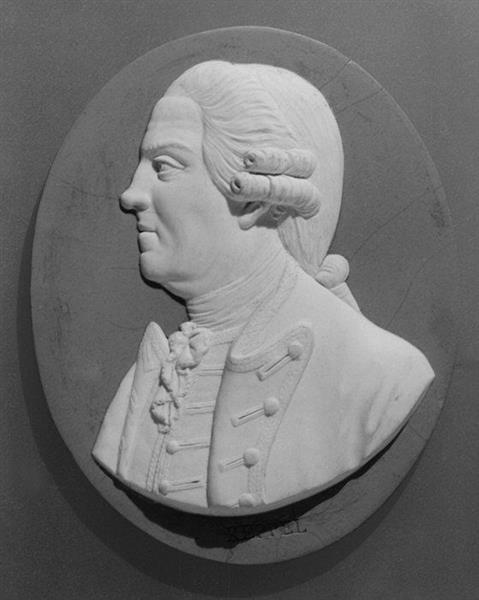
‘Augustus, Viscount Keppel’ was created by John Flaxman in Neoclassicism style.


